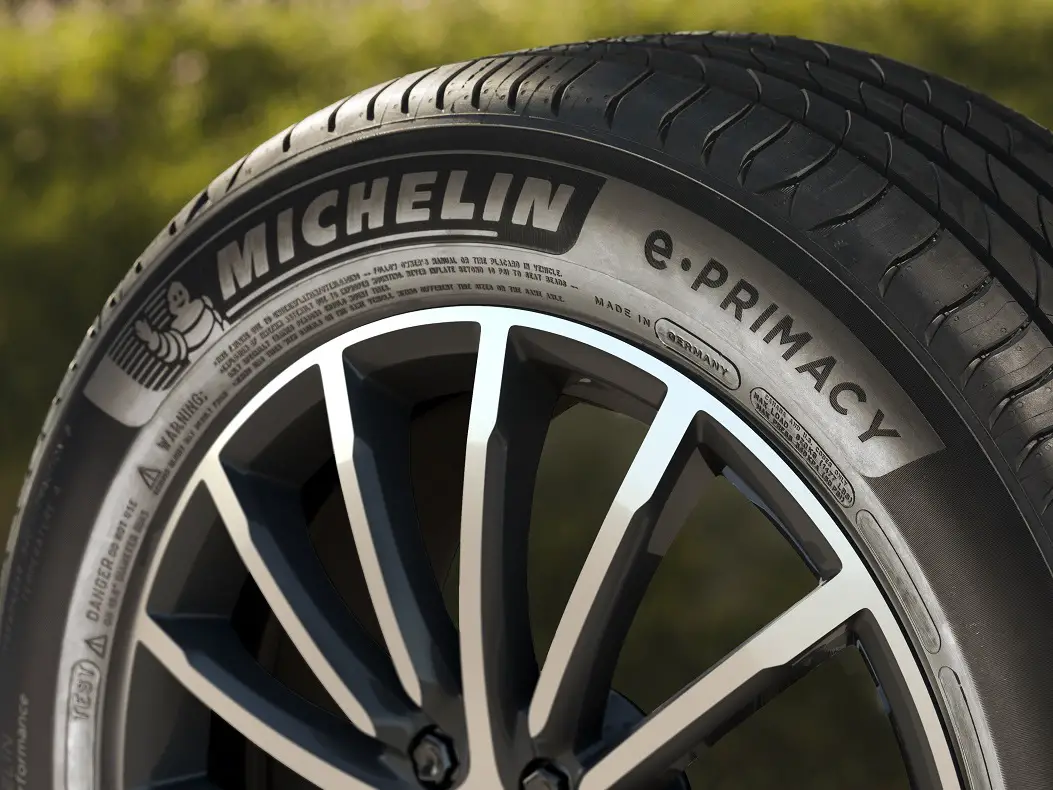The balance between carbon emissions and carbon savings is a seesaw that companies around the world are riding. Michelin has gotten the weight on each side to even out, producing the world’s first carbon neutral tire, the e.Primacy.
The tire was designed with environmental responsibility in focus. The result is a tire with the lowest rolling resistance in its category, which reduces the CO2 emissions put out by a vehicle and results in savings for the customer. The rolling resistance leads to around 343 pounds less CO2 emitted to the atmosphere over the life of the tire.
Electric vehicles can gain up to seven percent range with the tire.
A Michelin-commissioned tests show that drivers using e.Primacy save around seven fluid ounces of fuel per 62 miles. If your car gets 400 miles to the tank, that’s about a third of a gallon per fill-up.
Though it might just look like low-resistance rubber to the casual observer, the tire is packed full of technology. It has “energy passive” high elasticity compounds, improved elastomer-filler coupling, thinner top belts, cool-running sidewalls, and a hermetic belt to reduce energy loss.
The tire was engineered to be carbon neutral at the point of purchase, taking into account emissions from raw material extraction to delivery to the customer. Michelin has promised that its tires will be 20 percent more energy efficient by 2030 compared to where they were in 2010. Additionally, the company is working to use more renewable and recycled materials to manufacture its tires.
Michelin has pledged to lower CO2 emissions from all its production facilities by 50 percent by 2030 compared to 2010 numbers. The company has the longer term goal of achieving carbo neutrality by 2050. To achieve this goal, Michelin has invites in projects that avoid, absorb or offset carbon emissions, including tree replanting.
The Michelin e.Primacy will be available in 56 sizes, from 15 inches to 20 inches, starting on March 1, 2021.








